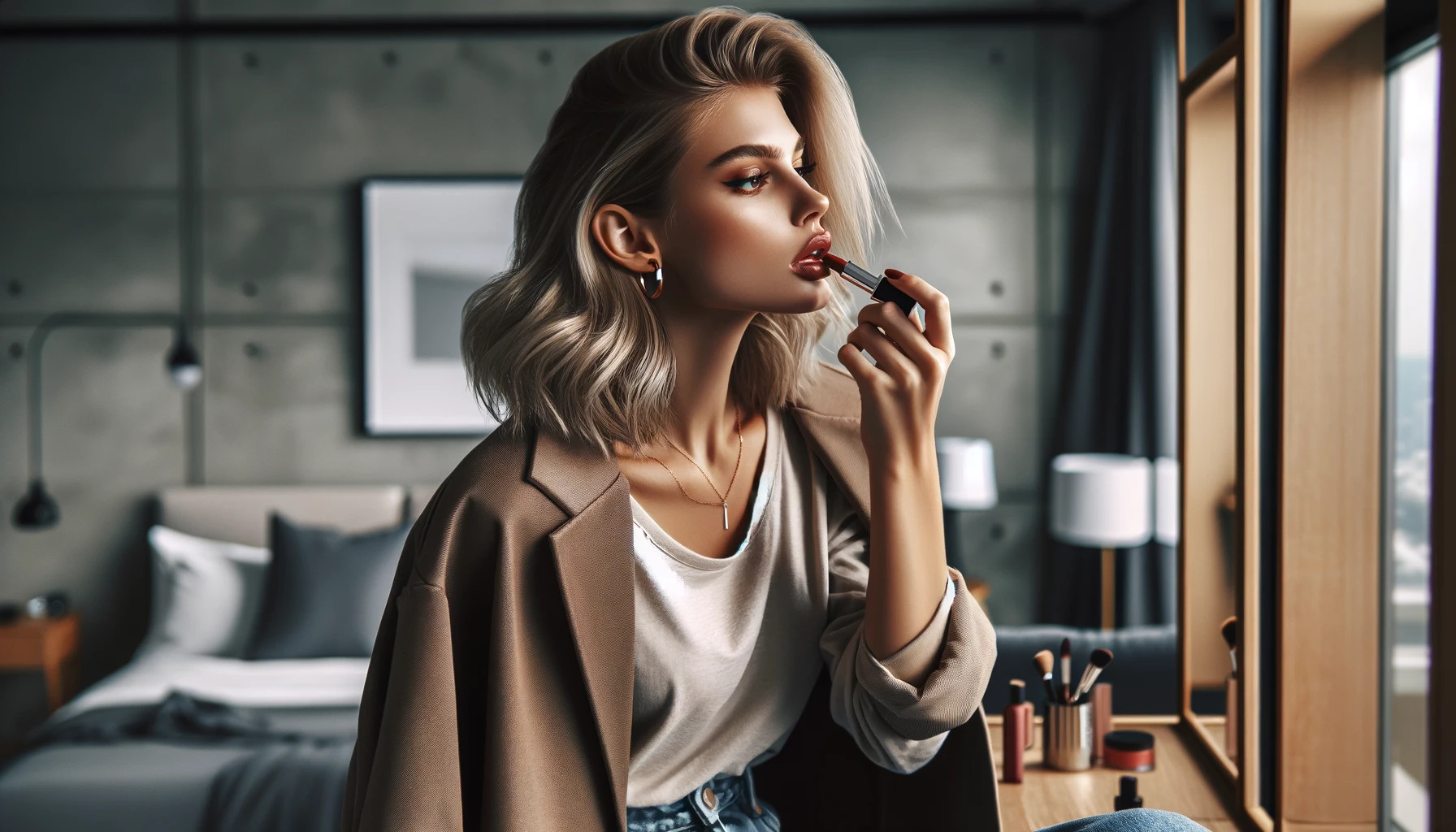The “lipstick effect” is a fascinating phenomenon in consumer behavior, particularly observable during economic downturns. It is based on the theory that when faced with an economic crisis, consumers will cut back on big-ticket luxury items but continue to splurge on smaller luxury goods. This behavior is thought to provide an emotional boost despite the financial constraints. The term itself is derived from the trend where sales of cosmetics, such as lipsticks, tend to increase during tough economic times. This article delves into the intricacies of the “lipstick effect,” examining its implications, historical context, and relevance in today’s economic landscape.
Historically, the lipstick effect has been documented in various economic downturns. For example, during the Great Depression of the 1930s, while most industries struggled with plummeting sales, the cosmetic industry saw a rise in the sale of lipsticks. Similar trends have been observed in the recessions that followed, including the 2001 dot-com bubble burst and the global financial crisis of 2008-2009. Analysts and economists have noted that even as consumer spending on luxury cars, high-end fashion, and expensive vacations declines, there’s a noticeable uptick in the sales of beauty products, small gadgets, and other minor luxuries.
The psychology behind the lipstick effect is rooted in consumer desire for an emotional lift during tough times. Small luxuries serve as a form of self-reward or self-care, offering a sense of normalcy and indulgence without the significant financial commitment required by larger purchases. This behavior also reflects a nuanced understanding of personal finance during economic stress, where consumers still seek to participate in the act of purchasing as a form of pleasure or escapism, albeit in a more financially responsible manner.
Critics of the lipstick effect suggest that it oversimplifies consumer behavior and fails to account for the complexities of economic impact across different demographics and industries. However, supporters argue that it highlights an essential aspect of consumer psychology — the pursuit of happiness and satisfaction through the acquisition of goods, even in reduced circumstances.
In the digital age, the lipstick effect has evolved. The rise of e-commerce and social media has changed how consumers perceive and purchase luxury items. While traditional small luxuries like cosmetics continue to perform well, there has been a shift towards digital goods and services, such as streaming subscriptions, mobile apps, and online gaming. These digital indulgences also fit into the broader definition of the lipstick effect, representing small, affordable purchases that provide immediate gratification.
The ongoing relevance of the lipstick effect in consumer behaviour underscores the resilience of the human spirit in the face of economic adversity. It also offers valuable insights for businesses and marketers, highlighting the importance of understanding consumer priorities and emotions. As economies worldwide navigate through cycles of boom and bust, the lipstick effect remains a poignant reminder of the small pleasures that can offer solace and joy, even in the most challenging times.
